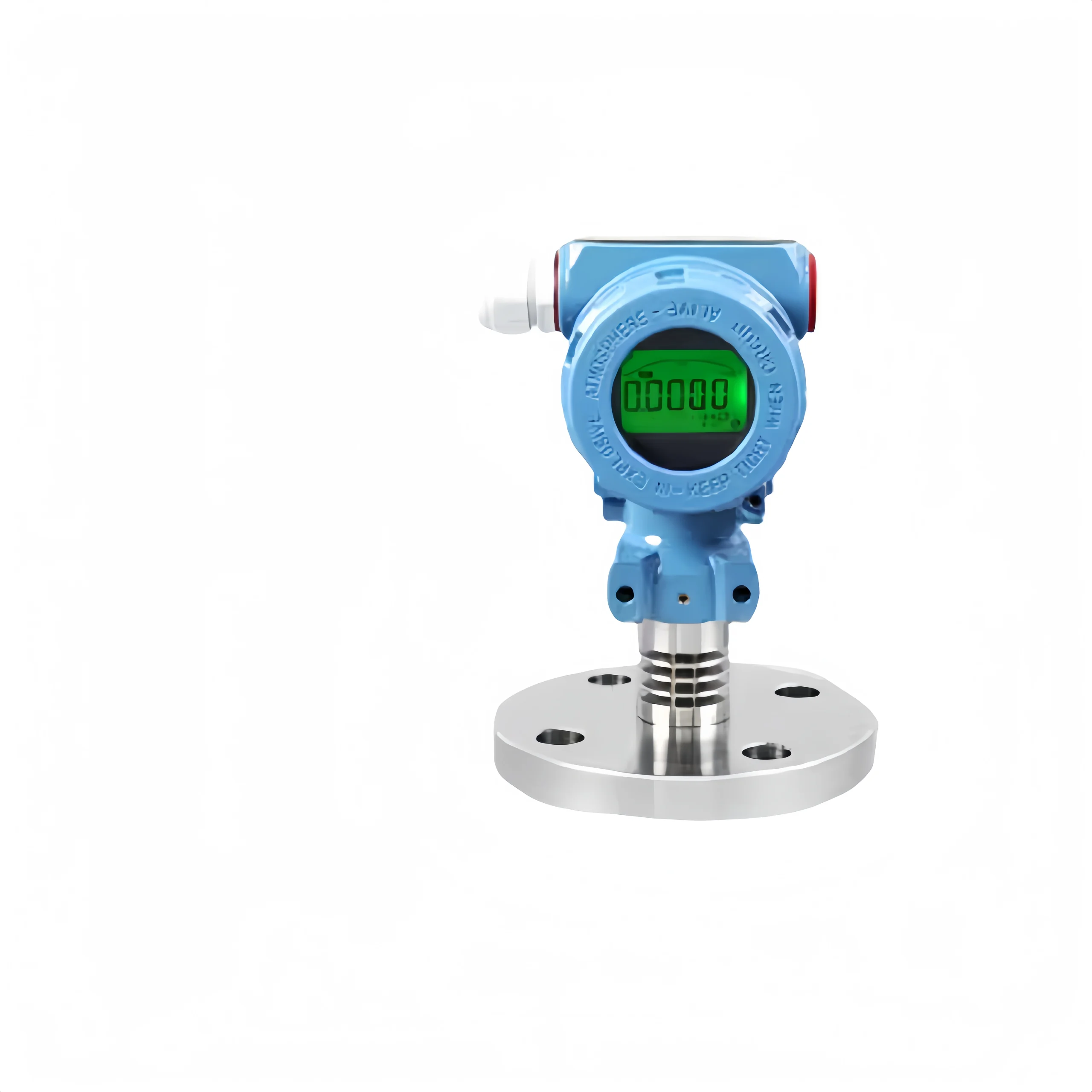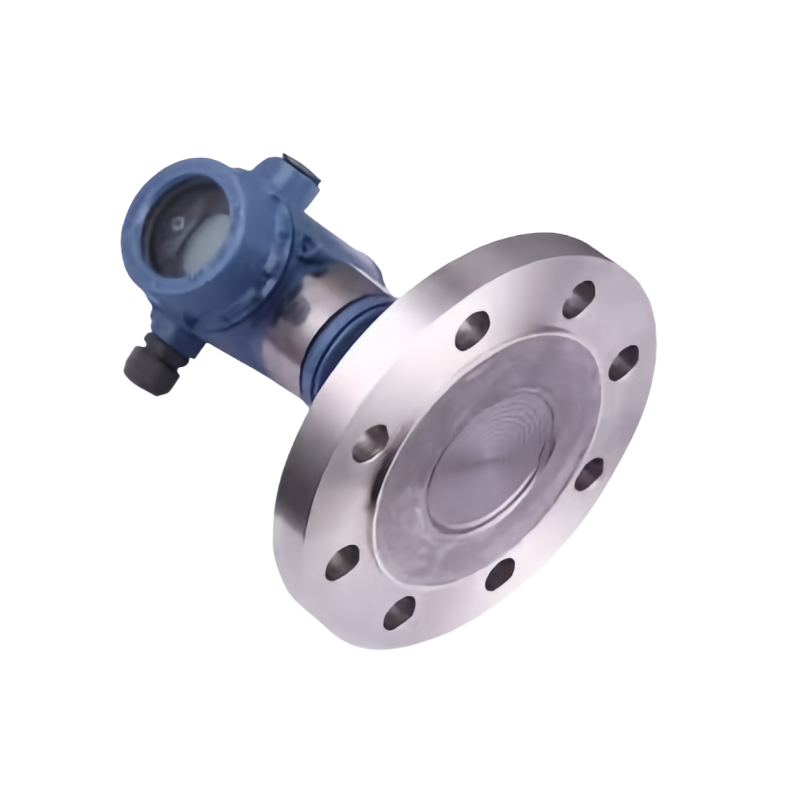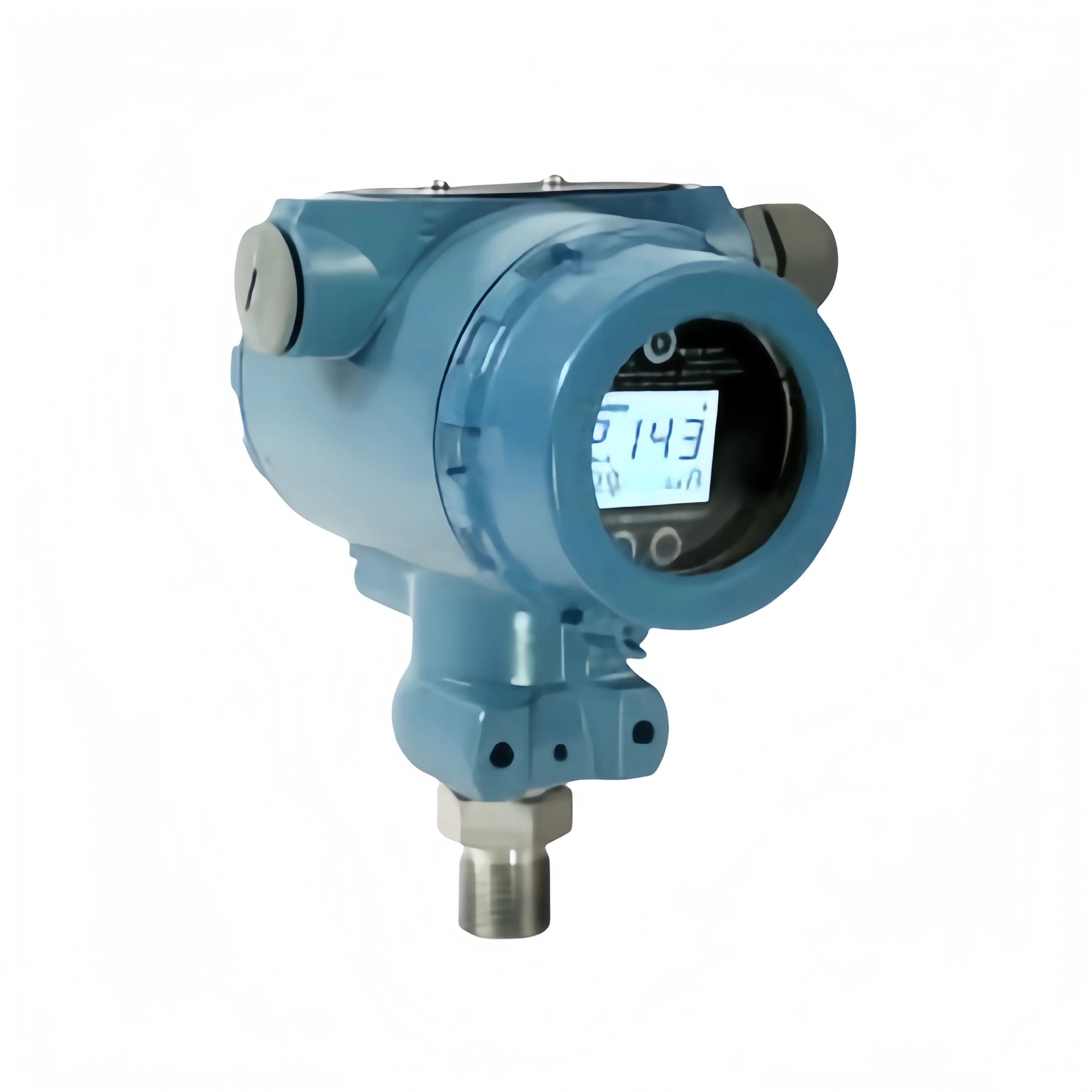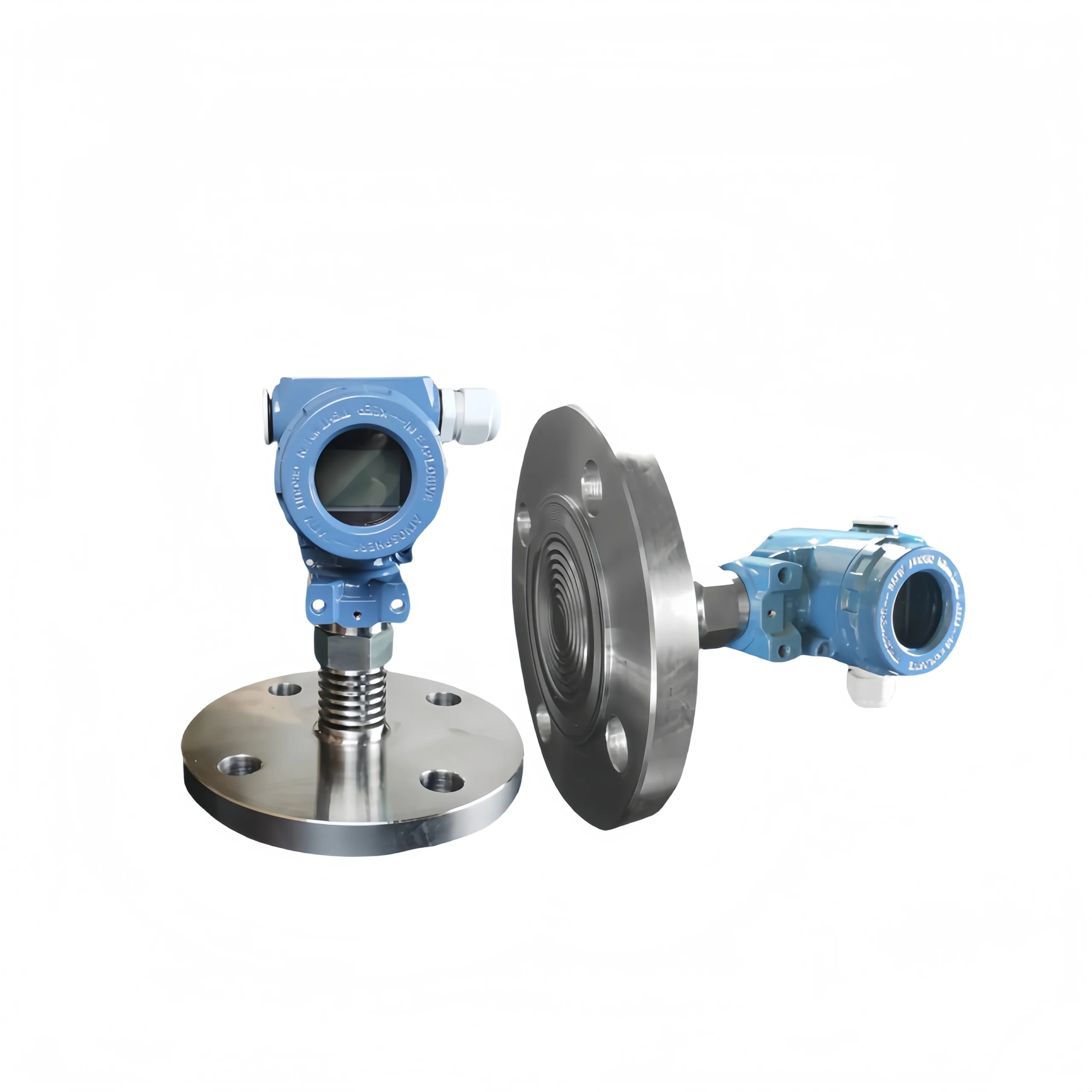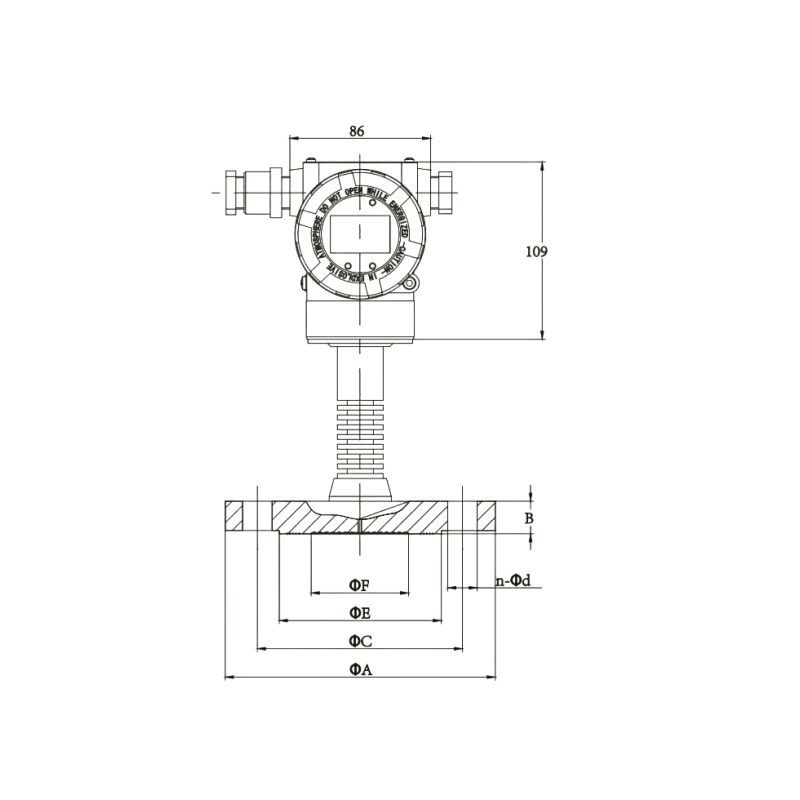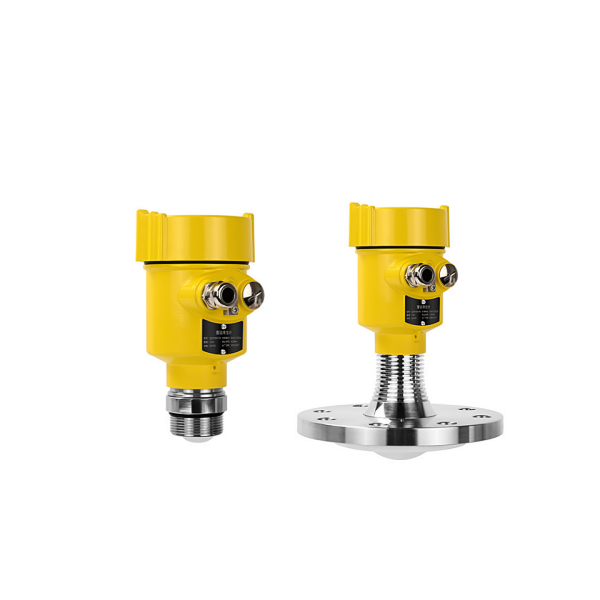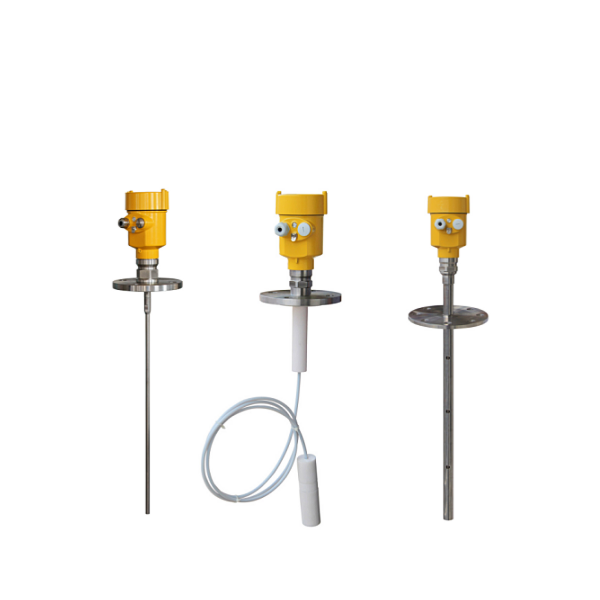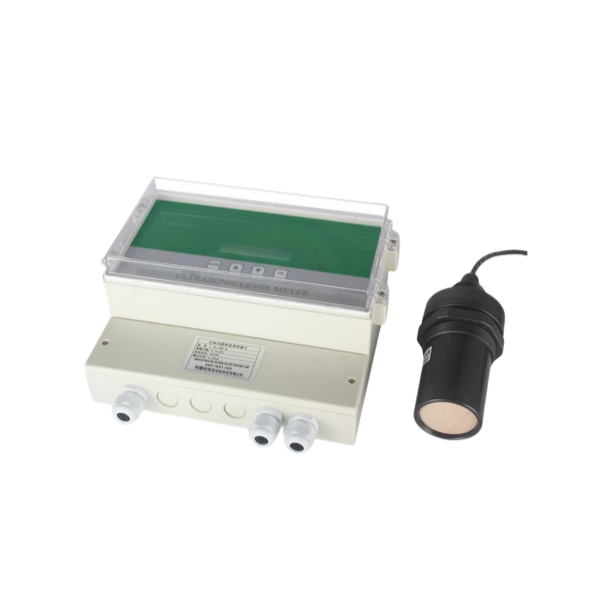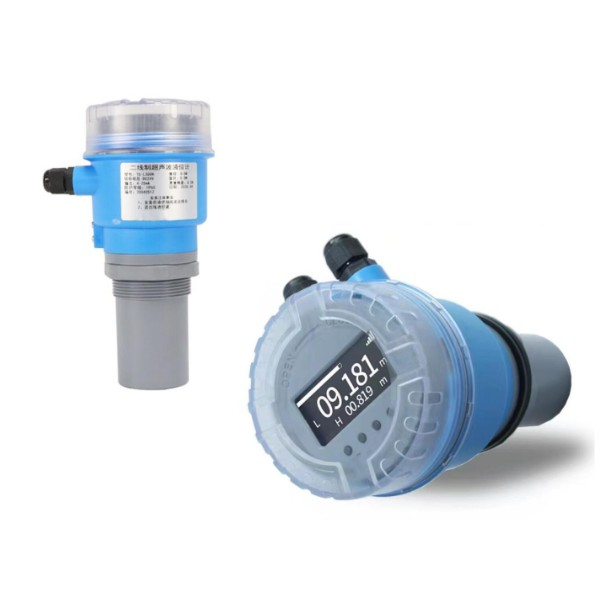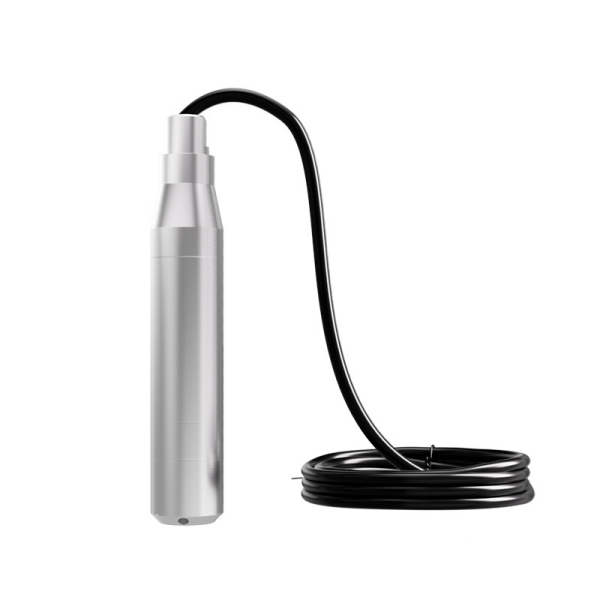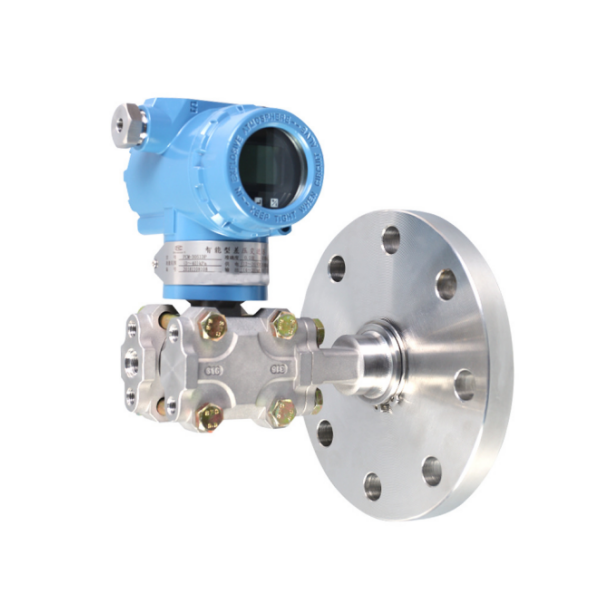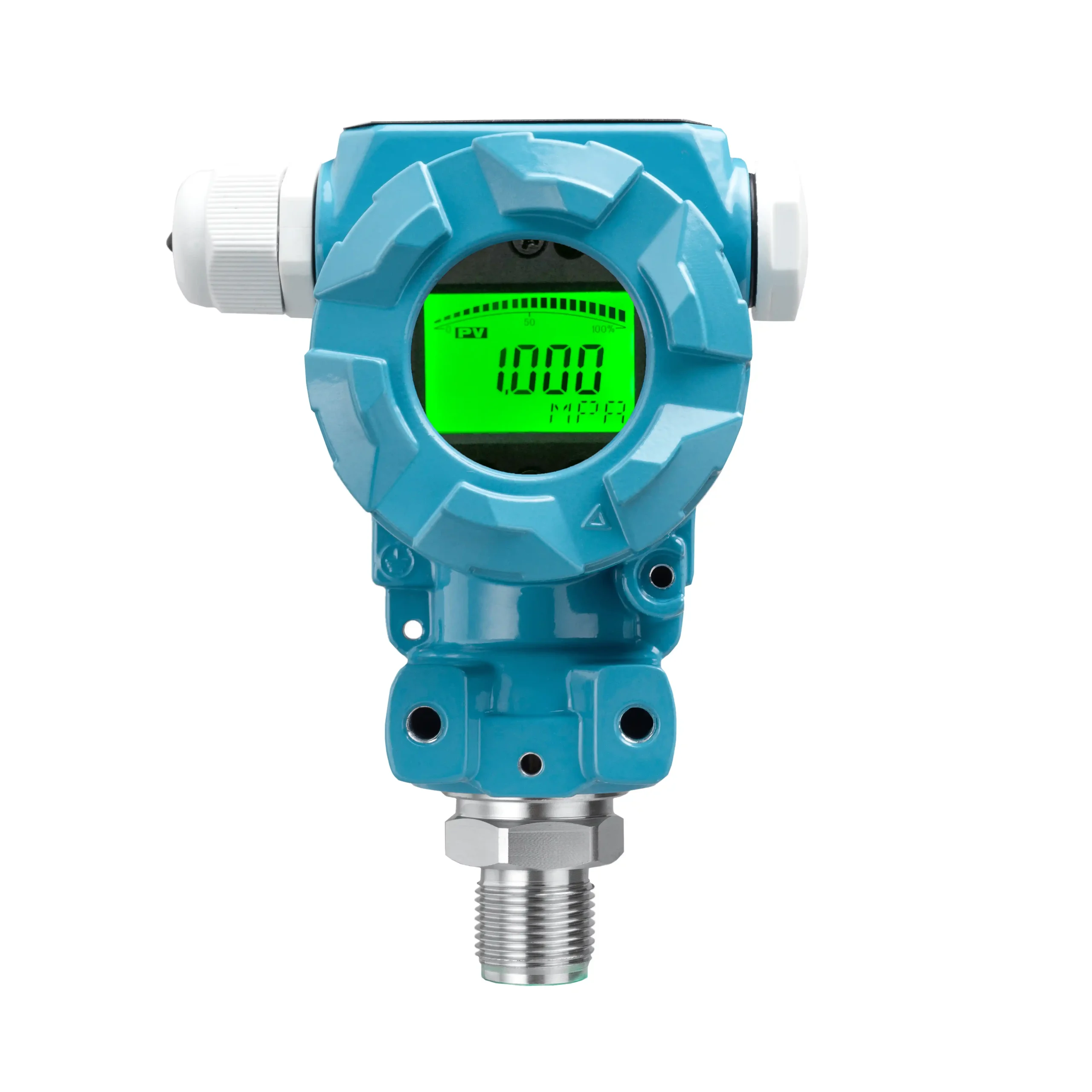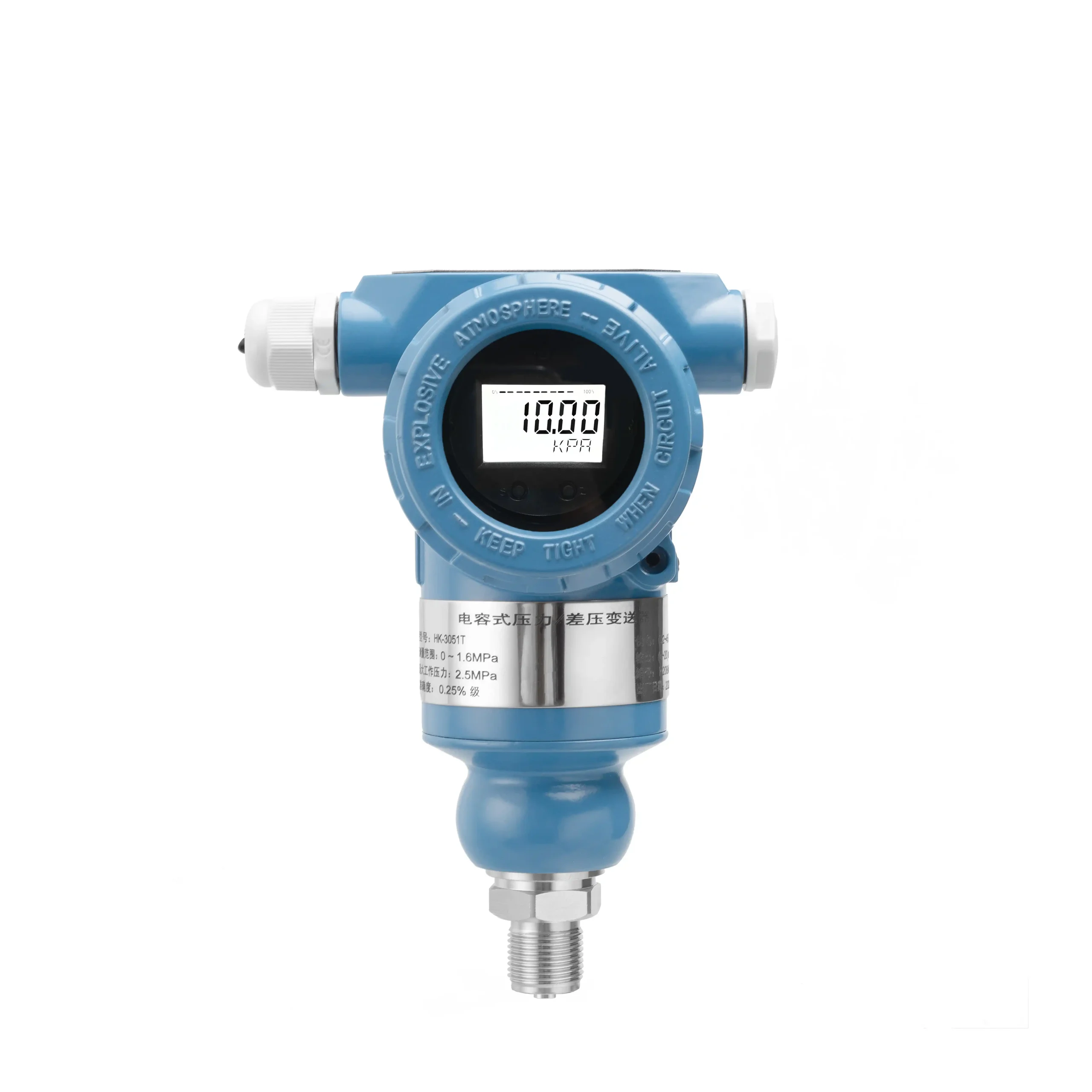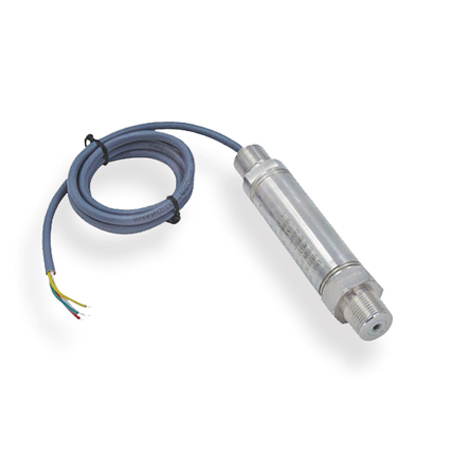Liquid Level Transmitter Types:
Liquid level pressure transmitters can be divided into 8 categories according to their working principles:
- Ultrasonic level transmitter
- Hydro-static level transmitter
- Capacitance level transmitter
- Magnetic level transmitter
- Radar level transmitter
- Float level Sensor
- Pressure level Transmitter/Differential pressure Level transmitter
- Guided wave radar level transmitter
Liquid Level Transmitter Working Principle
The static pressure level gauge is based on the principle that the static pressure of the measured liquid is proportional to the height of the liquid. Through the pressure sensor, the static pressure is converted into an electrical signal, and then converted into a standard electrical signal after temperature compensation and linear correction to detect the height of the liquid level. It is mainly divided into pressure type and differential pressure-type liquid level sensors.
The static pressure of a point in the liquid is proportional to the distance from the point to the liquid surface. That is: P=ρgh. Among them: P-pressure (pressure) of the measured point, ρ-medium density, g-gravitational acceleration, h-height from the measured point to the liquid surface. For the determined measured medium ρ, g is a constant, so the change in the position from the measured point to the liquid surface is only related to the measured pressure P (pressure).
When measuring the liquid level in an open container, a pressure transmitter is required. When measuring the liquid level of a closed pressure container, two pressure transmitters or one differential pressure transmitter can be considered, that is, one for measuring the lower limit and one for measuring the upper limit. Their output signals are subtracted to measure the liquid level. At this time, a differential pressure transmitter is generally selected. It can also be used to measure the density of the medium when the liquid level and pressure values in the container remain unchanged.
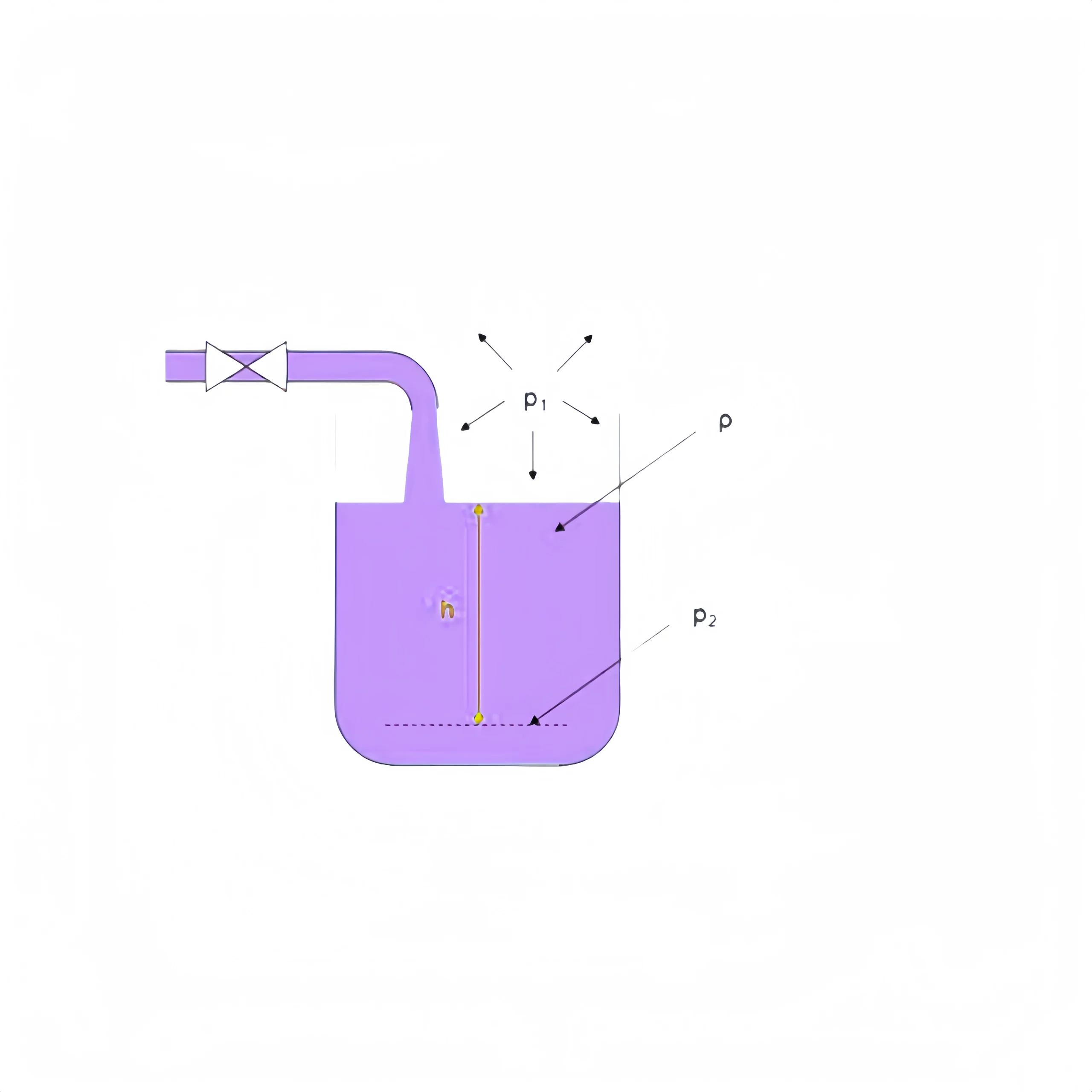
Formula:
h=P₂/(ρ*g)
P1 ambient pressure
P₂ pressure in depth h
ρ, density ofthe media
Rule of thumb (water):
h [m]≈ p [bar]* 10

